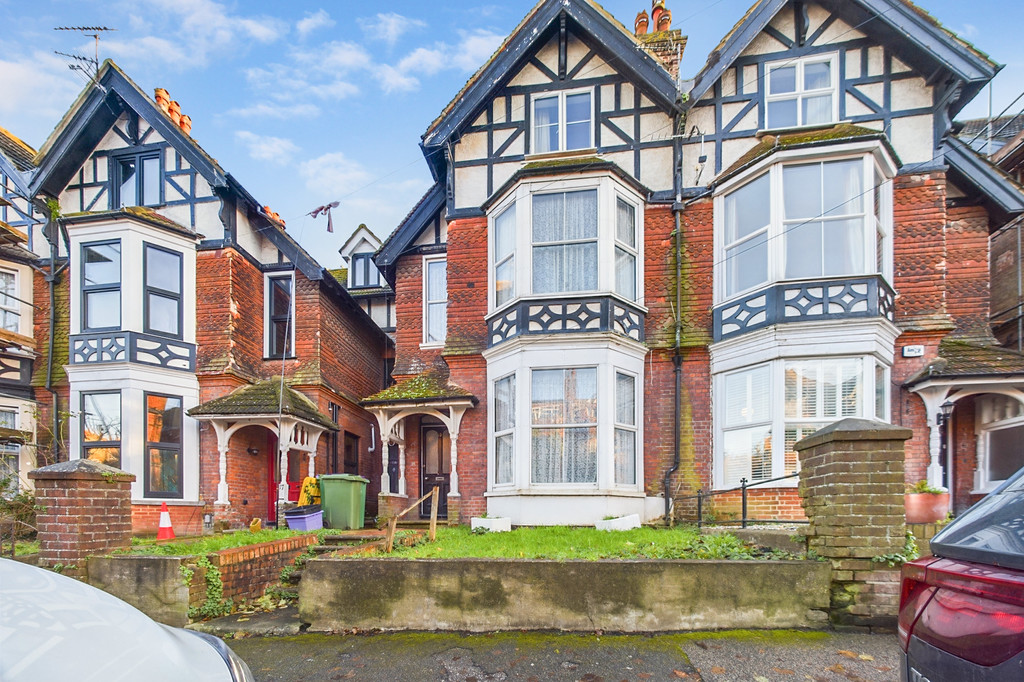
In the ever-changing landscape of the UK property market, new build homes stand as a promising beacon of modernity, with sleek design, energy efficiency and charm of older residences but with advantages and disadvantages there for all potential buyers under their shiny faces they must first weigh how they are involved in the ownership of a new building. Estate agents in Folkestone explain the upsides and downsides of new build homes.
The Upsides:
Updated designs and modern amenities: The main attraction of newly built homes is their modern design and contemporary touches. From open design to smart integrated technology, they have these qualities with the latest trends in mind and offers a simple lifestyle that blends form and function.
Energy efficiency: With an increasing emphasis on sustainability, many newly built homes boast energy efficiency. From improved insulation to environmentally friendly heating systems, these assets can help reduce utility bills, and reduce the environmental footprint around the city, attracting eco-conscious consumers who want to live greener.
Lower maintenance: Unlike older properties that may require extensive repairs and maintenance, newly constructed homes typically come with warranties that cover construction and appliances. This peace of mind can save homeowners time and money, and to enjoy their new residence without stress from unexpected maintenance issues.
Incentives and support: Government schemes such as Help to Buy and Shared Ownership aim to make new build homes more accessible to first-time buyers, providing financial support and incentives to help individuals acquire them foot on the property ladder. These initiatives can significantly reduce the upfront costs associated with purchasing a home, making new builds an attractive option for those with limited budgets.
The Downsides:

Bottom line: Despite stringent quality assurance programs, refurbished assets are not free from defects and design flaws. Common issues such as uneven flooring, paint job defects, and water problems can arise, requiring homeowners to resort to the often frustrating process of snagging – fixing defects after completion.
Limited character and customisation: While newly built homes do have a modern charm, but often lack the character and individuality found in older properties, developers prioritise harmony over its uniqueness, creating a cookie-cutter neighbourhood where the homes share a common aesthetic. In addition, customers may have limited options for customisation during product development, limiting customisation opportunities.
Potential delays and uncertainty: Construction delays are not uncommon in the new construction zone, and leaving buyers uncertain about the move-in date can disrupt plans, causing frustration and inconvenience in eagerly awaiting the new house. Additionally, changes in the property market and changes in housing policy can introduce additional uncertainty into the equation.
Tenants and stakeholders: Many new builds are sold as rentals rather than freehold homes, which means landlords may be charged and face ground rent restrictions on modification of their property. The complexities of leasehold agreements can catch buyers off guard, necessitating thorough research and legal advice to fully understand the implications of leasehold ownership.
Conclusion:
Newly built homes in the UK property sector offer an appealing blend of modernity, functionality and convenience. But prospective buyers need to approach the decision prudently, weighing the ups and downs to make the right choice that suits their wants and priorities
After all, newly built homes represent more than just bricks and mortar – they encompass the aspirations and dreams of homeowners looking for a fresh start in a modern setting. By understanding the nuances of new property ownership and weighing the pros and cons, buyers can navigate the complexities of the property market with confidence, opening the door to a bright future in their new home.



